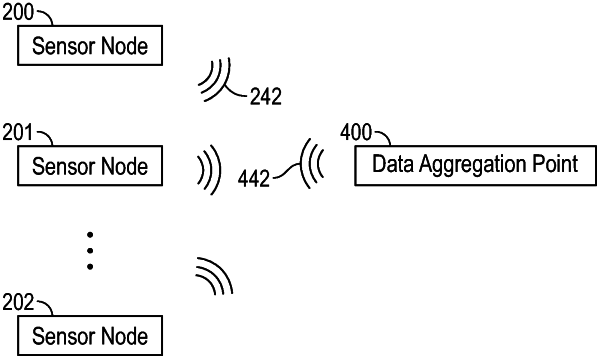| CPC G01M 3/182 (2013.01) [F17D 5/06 (2013.01); G01M 3/007 (2013.01); G01M 3/40 (2013.01)] | 23 Claims |

|
1. A pipeline leak detection apparatus for detection and location of a leak in a pipeline, the apparatus comprising:
a first pressure sensing means fluidly connected to the pipeline, wherein the first pressure sensing means is located at or near a pump or a valve of the pipeline;
a second pressure sensing means fluidly connected to the pipeline, wherein the second pressure sensing means is a known distance from the first pressure sensing means;
a processor means, wherein the first pressure sensing means is communicatively connected to the processor means and wherein the second pressure sensing means is communicatively connected to the processor means;
a memory storage means operatively coupled to the processor means;
instructions stored in the memory storage means and executable by the processor means to instruct the apparatus to:
open and close a valve to release an amount of fluid to create a first pressure wave for a first pressure event during an initial set-up of the apparatus;
measure a first time difference for the first pressure wave using the first pressure sensing means and the second pressure sensing means;
calculate an actual rate of propagation for the first pressure wave using the processor means;
detect a second pressure wave for a second pressure event during operation of the apparatus;
measure a second time difference for the second pressure wave using the first pressure sensing means and the second pressure sensing means;
calculate a rate of propagation for the second pressure wave using the processor means;
measure density of the fluid using the density sensing means; and
calculate a re-calibration point for sonic velocity.
|